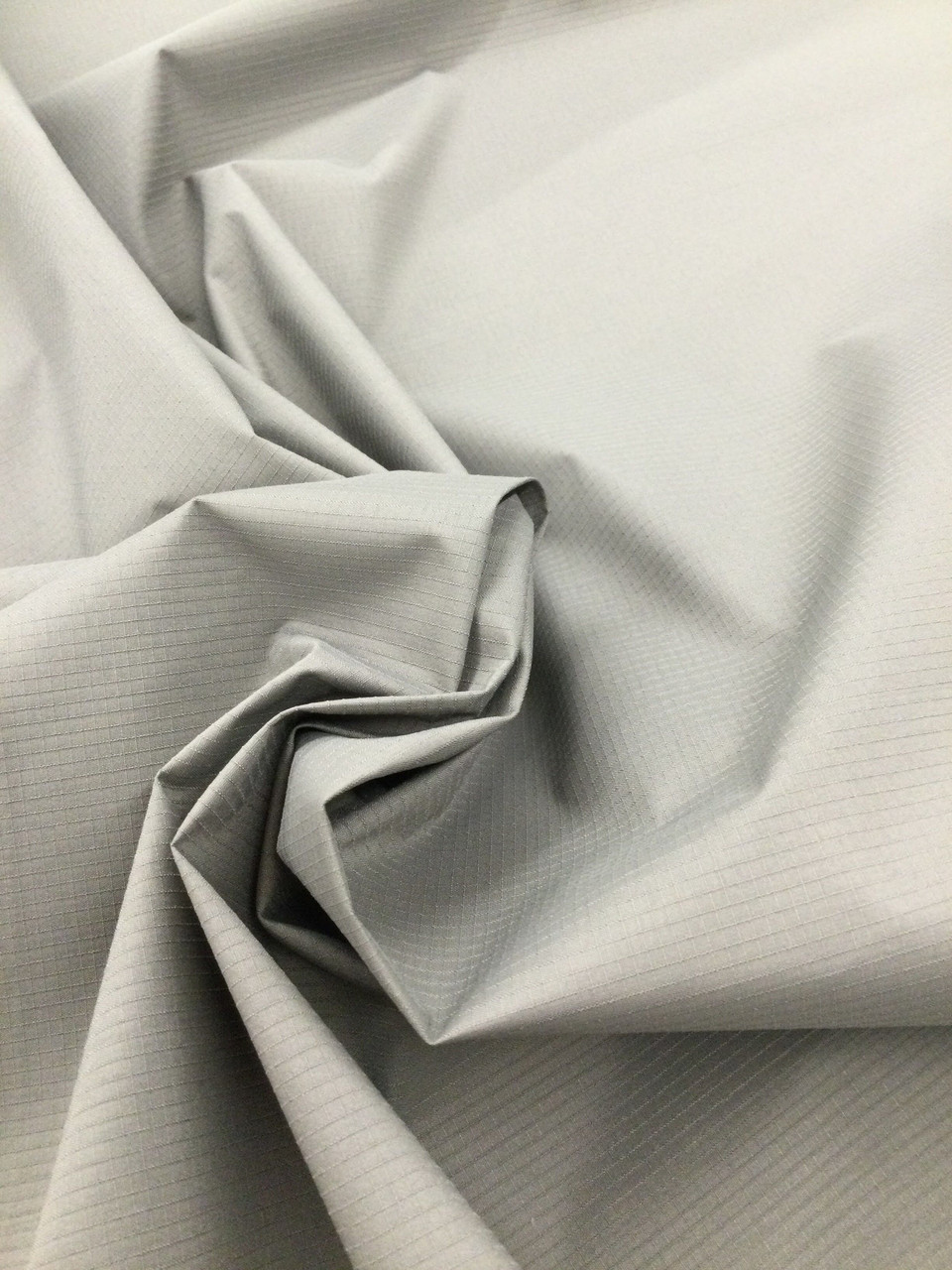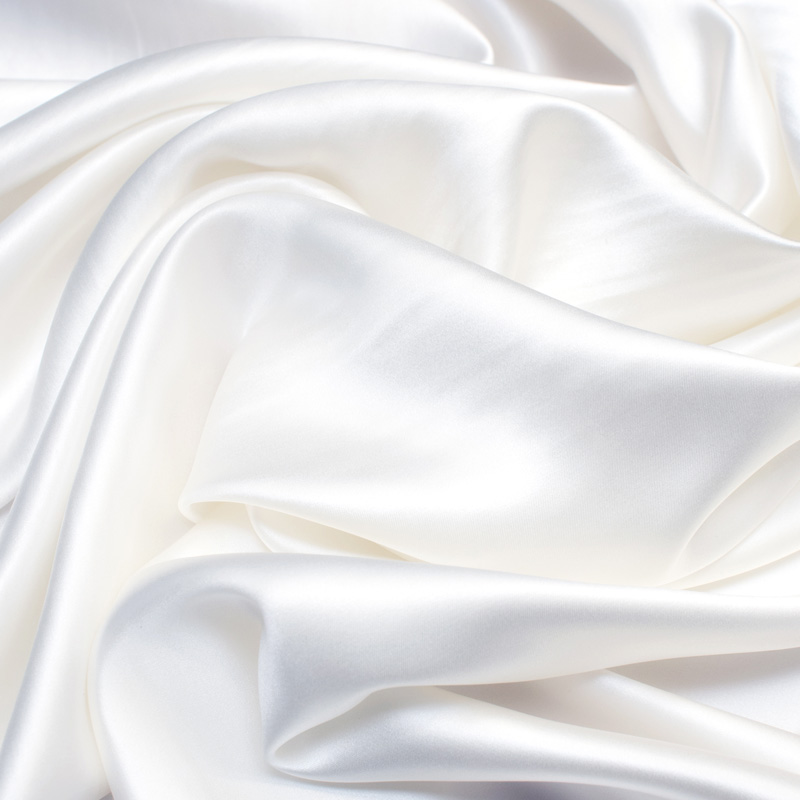Nylon fabric is a versatile and durable material that has found its way into various industries and applications. Whether you’re looking for clothing, gear, or household items, nylon fabric offers a range of benefits that make it a popular choice. In this article, we will delve into the strengths of nylon fabric, explore its wide range of applications, and provide tips on how to properly maintain this resilient material.
Strength and Durability: A Hallmark of Nylon Fabric
Nylon fabric is known for its exceptional strength and durability, making it an ideal choice for products that require long-lasting performance. With its high tensile strength, nylon fabric can withstand considerable stress and strain without tearing or breaking. This characteristic makes it suitable for applications that demand resilience, such as outdoor gear, upholstery, and heavy-duty bags. Additionally, nylon fabric has excellent abrasion resistance, allowing it to withstand wear and tear over time. Its durability ensures that products made from nylon fabric can withstand the rigors of daily use and maintain their quality for extended periods.

Versatility in Applications: From Apparel to Industrial Uses
The versatility of nylon fabric is another reason for its popularity across diverse industries. In the fashion industry, nylon fabric is commonly used in sportswear, swimwear, and activewear due to its moisture-wicking properties and lightweight nature. Its ability to dry quickly also makes it a practical choice for outdoor enthusiasts and athletes. Beyond apparel, nylon fabric is widely used in the automotive industry for seat covers and interior trims, as well as in the manufacturing of luggage, backpacks, and tents. Additionally, nylon fabrics is frequently utilized in industrial applications such as conveyor belts, hoses, and protective coverings due to its strength and resistance to chemicals.
Water and Weather Resistance: Ideal for Outdoor Gear
One of the notable qualities of nylon fabric is its water and weather resistance. Nylon fibers have inherent moisture-wicking properties that allow them to quickly absorb and evaporate moisture, keeping the wearer dry and comfortable. Moreover, nylon fabric can be treated with coatings or laminations to enhance its water repellency, making it suitable for rain jackets, umbrellas, and other outdoor gear. The fabric’s ability to repel water and resist mildew growth makes it a reliable choice in humid and damp environments, ensuring that the performance of outdoor gear remains uncompromised even in challenging conditions.

Lightweight and Breathable: Perfect for Active Lifestyles
Nylon fabric’s lightweight and breathable nature make it an ideal choice for individuals with active lifestyles. The fabric’s low density allows for comfortable wear without adding unnecessary weight, making it especially beneficial in sportswear and outdoor gear. Additionally, nylon fabric has excellent breathability, allowing air to pass through and moisture to evaporate, resulting in enhanced comfort during physical activities. This breathability prevents the fabric from feeling clammy and reduces the likelihood of odor buildup, making nylon garments a preferred choice for those engaged in high-intensity exercises or prolonged outdoor activities.
Easy Care and Maintenance: Tips for Longevity
Proper care and maintenance are essential to prolonging the lifespan of nylon fabric products. To ensure longevity, follow these tips:
- Machine Wash on Gentle Cycle: Most nylon fabric items can be safely machine washed. Set the machine to a gentle cycle with cold or lukewarm water to prevent excessive friction and minimize the risk of damage.
- Avoid Harsh Chemicals: Use mild laundry detergents without bleach or fabric softeners when washing nylon fabric. Harsh chemicals can weaken the fabric and affect its performance.
- Air Dry or Low Heat: Instead of using high heat settings, air dry nylon fabric items or use a low-heat setting in the dryer. High temperatures can cause the fabric to shrink or become distorted.
- Iron on Low Heat: If ironing is necessary, use a low heat setting and apply gentle pressure. Avoid direct contact between the iron and the fabric by placing a cloth between them.
- Store Properly: When not in use, store nylon fabrics items in a cool, dry place away from direct sunlight to prevent discoloration and damage.
By following these maintenance guidelines, you can ensure that your nylon fabrics products maintain their quality and performance for years to come.

Environmental Considerations: Sustainability and Recycling
In recent years, there has been a growing emphasis on sustainability in textile production. Nylon fabric, traditionally derived from petroleum-based sources, has faced scrutiny due to its environmental impact. However, advancements in technology have led to the development of recycled nylon, often referred to as “nylon-6,6,” which is made from post-consumer waste like discarded fishing nets, carpets, and industrial plastic waste. This recycled nylon offers a more sustainable alternative by reducing reliance on virgin materials and diverting waste from landfills and oceans.
Recycled nylon retains the same durable and versatile qualities as virgin nylon, making it suitable for a wide range of applications from clothing to industrial uses. Its production requires less energy and generates fewer greenhouse gas emissions compared to traditional nylon production. As consumer awareness of environmental issues grows, the demand for sustainable materials like recycled nylon continues to rise, prompting more manufacturers to incorporate eco-friendly practices into their production processes.

Innovation and Future Trends
Looking ahead, the future of nylon fabric lies in continued innovation and adaptation to meet evolving consumer preferences and technological advancements. Innovations in textile engineering are likely to focus on enhancing the performance and sustainability of nylon fabrics. This includes developing more efficient recycling processes, exploring bio-based alternatives derived from renewable resources, and improving the biodegradability of nylon to minimize its environmental footprint.
Furthermore, the integration of smart textiles and wearable technology presents new opportunities for nylon fabrics. Innovations such as moisture-wicking fabrics embedded with sensors for health monitoring or adaptive clothing that adjusts to environmental conditions are areas of ongoing research and development. These advancements not only enhance the functionality of nylon fabric but also expand its potential applications in fields such as healthcare, sports performance, and consumer electronics.

Conclusion
Nylon fabric’s strength, durability, versatility, water resistance, lightweight nature, and easy care requirements make it a favored material in various applications. From sportswear and outdoor gear to automotive interiors and industrial uses, nylon fabrics continues to prove its worth across multiple industries. Its ability to withstand wear and tear, repel moisture, and remain breathable make it an exceptional choice for individuals seeking functionality without compromising style. By understanding the strengths and applications of nylon fabric and adopting proper maintenance practices, you can fully appreciate and enjoy the benefits this remarkable material has to offer.









